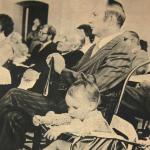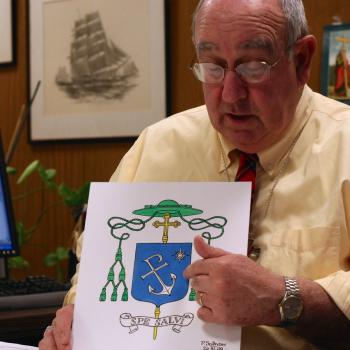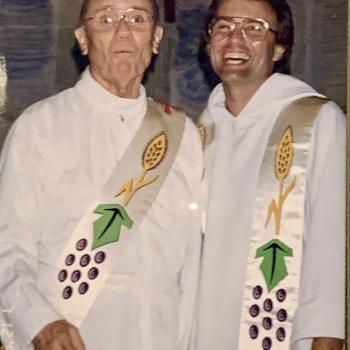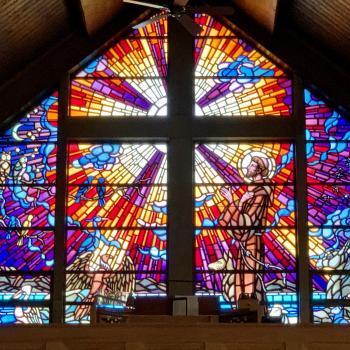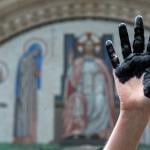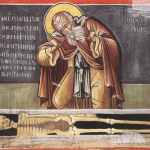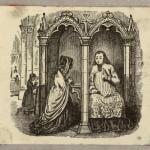Our friends in Canada are marking an auspicious event: the 40th anniversary of the first class of permanent deacons beginning their formation.
The Catholic Register has more:
Forty years ago this month, the permanent diaconate came to English Canada with the launch of a deacons’ program in the archdiocese of Toronto. That followed the launch of similar programs in the United States, Europe and other countries. The ministry of deacons, which had been important in the early Church, was revived at Vatican II to assist in parish work and to proclaim the Gospel in the community, particularly through acts of charity.
From the first class of 33 candidates, the diaconate has spread across Canada so that today deacons are commonplace in most dioceses. Toronto alone has more than 100 active deacons and has ordained 272 deacons since 1972. Many will officially celebrate the 40th anniversary on Sept. 29 at a Mass celebrated by Bishop Vincent Nguyen, followed by a gala dinner.
Stanley MacLellan, who worked in the financial industry and had always been active in his parish, heard about the diaconate through his university pal, Fr. Paul Giroux, a member of the archdiocese of Toronto’s committee on the permanent diaconate.
“He came to my parish and we renewed our friendship,” MacLellan said. “He told me what they were trying to do. I thought it sounded interesting.”
Appointed co-ordinator of his year, MacLellan helped shape that inaugural class.
“That was an interesting two years to start, creating the program as we went along,” he said. “We got together so many times over the next two years, planning the next session in the seminary, changing as things went along.”
When the first class of deacons began its two-year course in 1972, the candidates had no idea what to expect.
“It was unusual because while we were going through the class, they were also discovering what was needed,” said MacGregor. “In retrospect, the first class got through easier than the other classes. I think from the experience of the first class, those who were in charge refined both the entrance requirements and what was being taught.”
Yes they did, but prior to 1972, the committee on the permanent diaconate in Toronto had to decide who could enter the program, how the program would run and the role of deacons within a parish….
…And just as the ideal candidate was formed, so was the structure of the program, a two-year journey that was very academic in nature. It included 10 weekend sessions, including a Sunday evening potluck with wives and children. Giroux, who became the first director of the program, made sure that family and work remained a priority to all candidates.
For MacGregor, family had to remain a priority. After all, he had 10 children.


